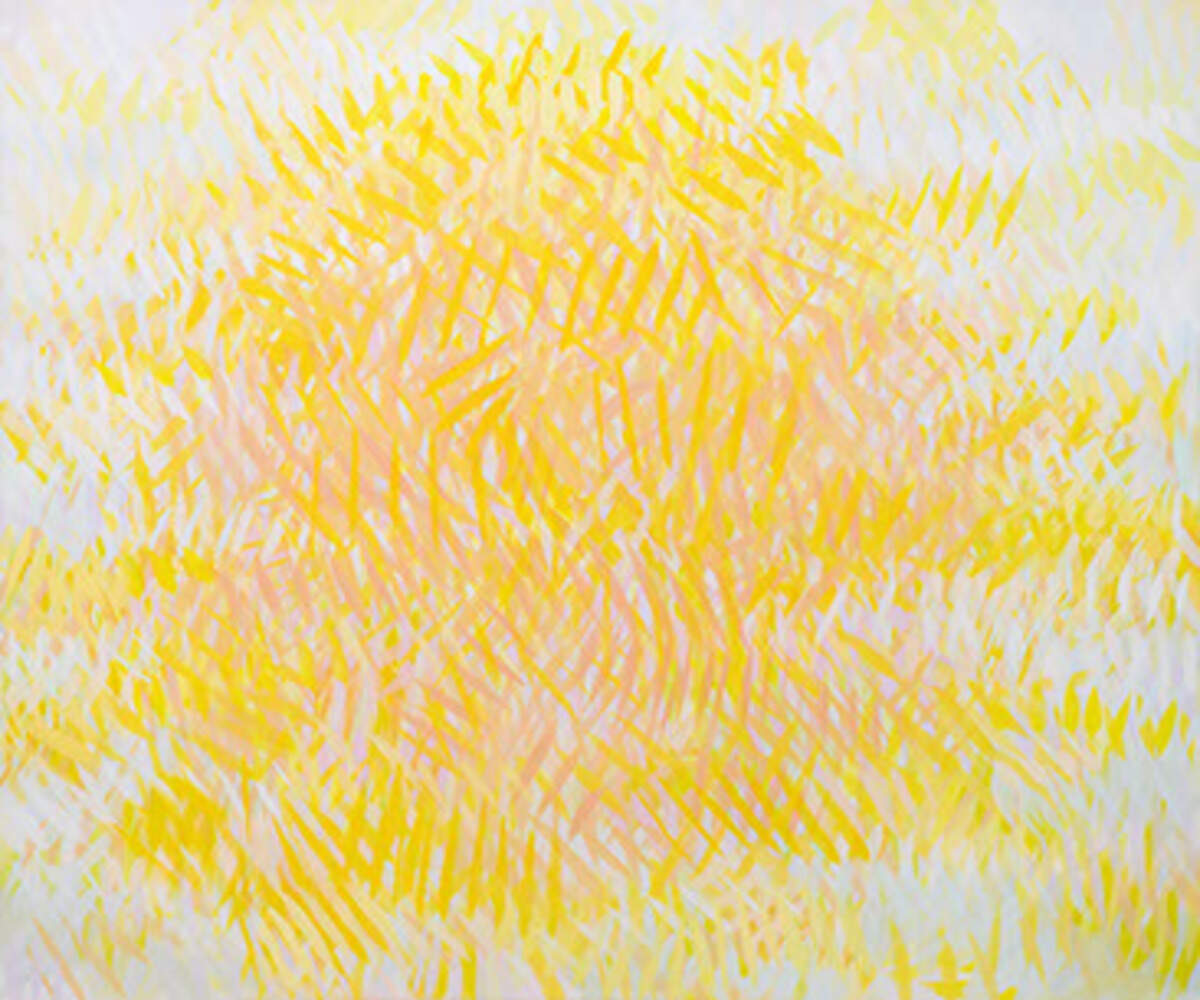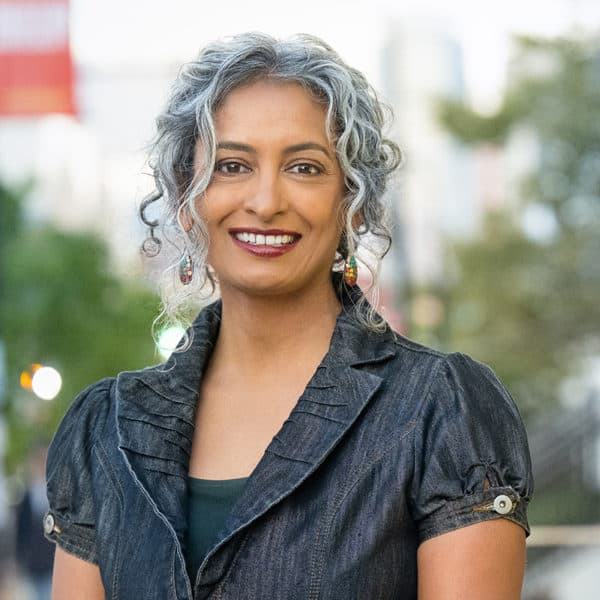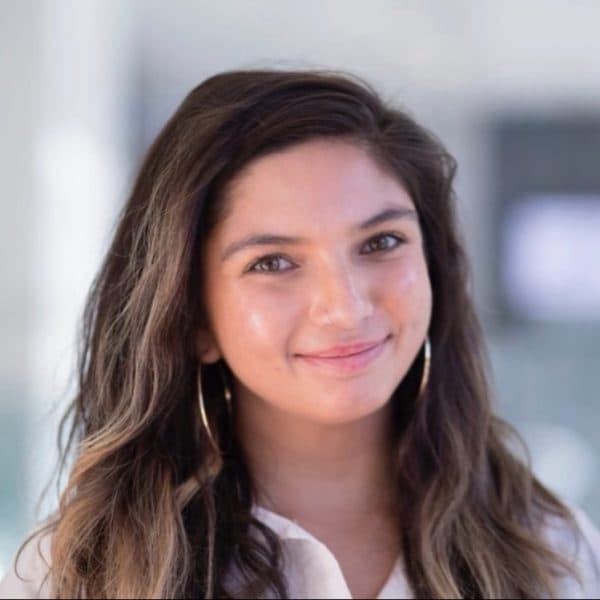Advertisement
In the studio with artist Samia Halaby: Why she says painting 'isn't about her feelings'
Resume
When I walked into artist Samia Halaby’s Manhattan studio, I was immediately greeted by art. Maybe that seems obvious, but I hadn’t been to a studio like hers — or met an artist like her — before.
Halaby, 87, is an abstract painter, sculptor and activist. Her paintings are full of life, though not always easy to decipher on the first view. And as a Palestinian, she’s an outspoken activist and critic of Israel’s war on Hamas in Gaza.
“To me, painting is not about my feelings and personal expression,” she says. “But old-fashioned painting may not be able to contain the new thinking, so I’m trying to create new paintings that will contain the thinking of my society, and the most advanced elements of my society, not the backward ones.”

Her art is all over her studio, which is big enough to serve as her personal and creative space.
Colorful blobs of paint sit above the stove in the kitchen and finished works hang on the back wall.
When we talked in March, I was visiting to help record an interview between Halaby and Here & Now’s Deepa Fernandes about the cancellation of her first American retrospective at Indiana University, her alma mater. A university spokesperson said academic leaders and campus officials canceled it “due to concerns about guaranteeing the security of the exhibit for its duration.”
“Life is bigger than an injury we receive,” she says. “It's a loss that I wasn't able to talk to the students about ideas of what abstraction could be and what it is. It's too bad. But I still continue to function.”
Halaby arrived at Indiana University after her family settled in Cincinnati. They came to the U.S. when she was a teenager after they survived what Palestinians refer to as “Al Nakba,” which directly translates to “the catastrophe.” The term signifies the day in 1948 when the British formally ended its mandate in Palestine, thus creating the state of Israel. Halaby was born in Jerusalem and was 11 when her family and thousands of other Palestinians were forced to flee.
“It was a sudden shock and the beginning of an ongoing Nakba that I [have experienced] all of my life since then,” she says. “The greatest pain for me as a child was watching my generation of my parents suffer so much. I was a child and I could adjust. But as time went by, their sufferings began to permeate my own life.”

While I was there, I asked Halaby to give me a tour of her studio; I wanted to see her work up close. We started with some of her early works and then progressed to later pieces. We stopped for a while at a piece called Sun, from 2015.
In the painting, pink and yellow cross-hatching stuck out at me; those x’s seem to decrease as my eye moved to the outer edges of the canvas. But there are also oranges and blues.
Halaby explained how different light means our eyes see colors differently. As she explained concepts like chiaroscuro, it was like a master class in how to look at abstract painting.
And Halaby’s work isn’t limited to painting. We saw works made of canvas and paper mache. And she’s also a pioneer. In the 1980s, she started using programming to make computer-generated works. Her planned retrospective included a diversity of styles, spanning six decades of her career.
It’s hard to ignore the sense of joy in her paintings.
“I get the feeling is ‘how can you be a Palestinian and be so angry and upset about things and still be optimistic and happy’,” Halaby says.
Advertisement
Yet optimism remains a big part of her politics and her art.
“Optimism is very politically advanced,” Halaby says. “To be optimistic means we are sure what the future will bring. And I am sure those who are forward-looking will, in the end, win over.”
Halaby says she bases that outlook on her reading of history.
“You have to study and learn,” she says. “You can't just make decisions or conclusions, make conclusions in generalities based on not knowing what there is. When you're talking about something, you should know what you're talking about.”
“So when you're talking about Palestine, you have to know ‘what is Palestine?’ And very few people do. But it's happening slowly.”
Michigan State University will display another version of Samia Halaby’s exhibit at the end of this month.
For more on Samia Halaby’s life and work, listen to the audio version of this story on our podcast.
Click here for more coverage and different points of view.
Gabrielle Healy produced and edited this interview for broadcast with Ciku Theuri and Ahmad Damen. Healy also adapted it for the web.
This segment aired on June 7, 2024.

